Adresse
304, rue Cardinal Nord
Centre Dorchester, MA 02124
Heures de travail
Du lundi au vendredi : 7h - 19h
Week-end : 10h - 17h
Adresse
304, rue Cardinal Nord
Centre Dorchester, MA 02124
Heures de travail
Du lundi au vendredi : 7h - 19h
Week-end : 10h - 17h
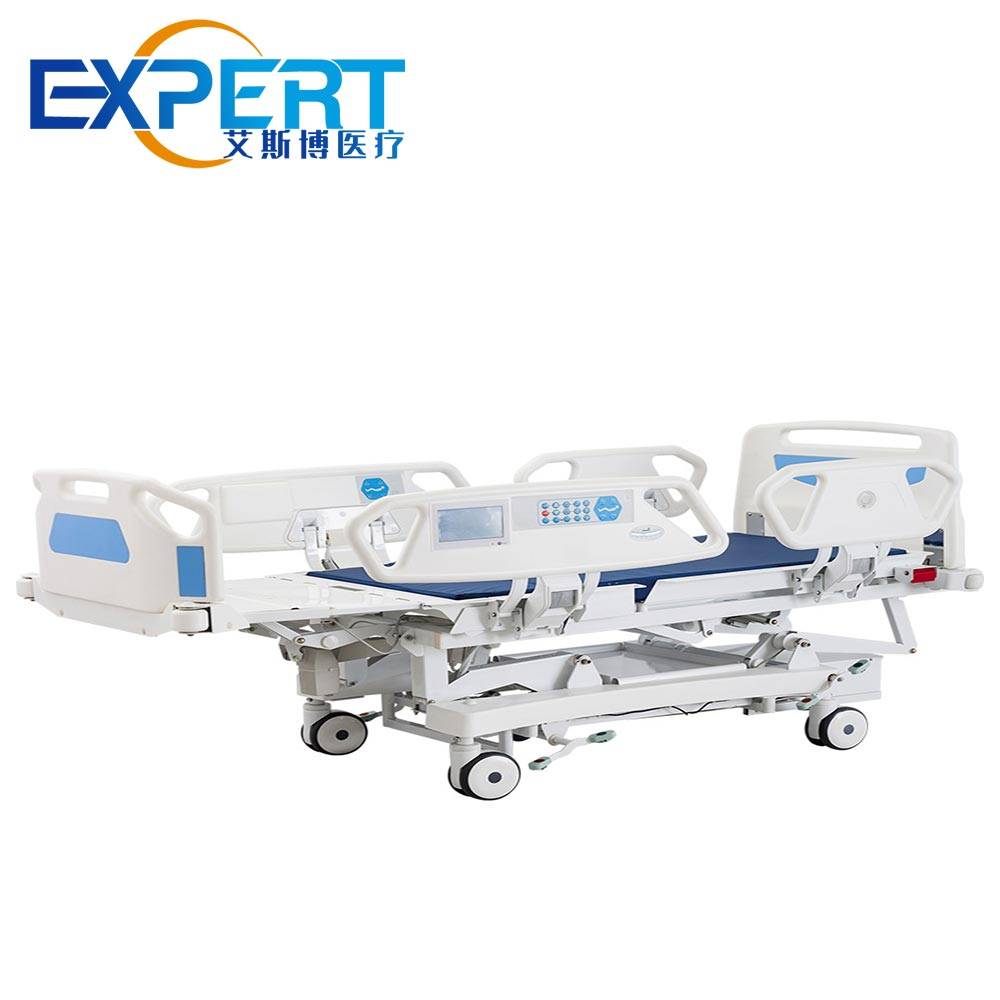
The modern healthcare environment requires equipment that not only meets the highest standards of patient care but also enhances the efficiency of medical professionals. Among the most essential pieces of hospital equipment is the hospital bed with wheels. These beds play a crucial role in patient recovery, safety, and overall comfort, making them an indispensable asset in any medical facility. In this comprehensive guide, we will explore the various aspects of hospital beds with wheels, including their benefits, features, types, and maintenance. By understanding these factors, healthcare providers can make informed decisions to improve patient care and operational efficiency.
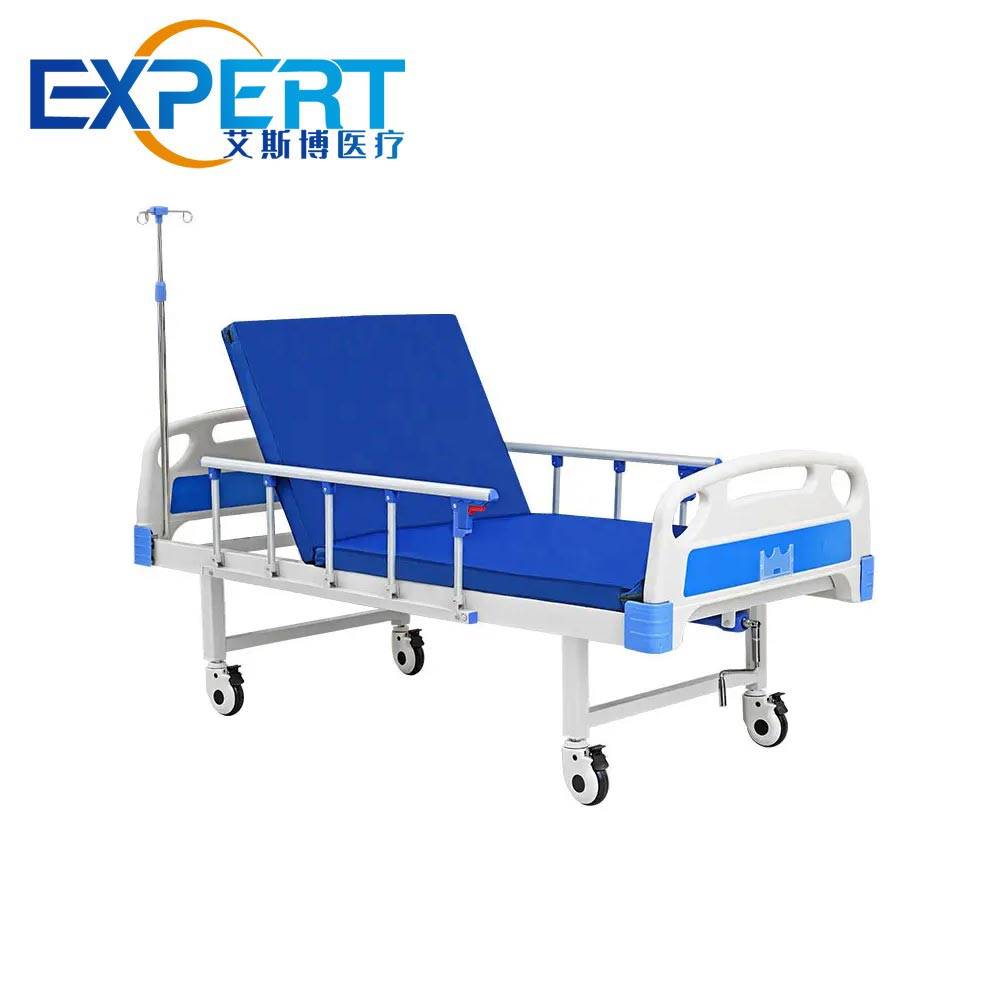
One of the primary advantages of hospital beds with wheels is enhanced mobility. These beds can be easily moved from one location to another, facilitating patient transfers within the hospital. This mobility is particularly beneficial in emergency situations, where quick and safe transportation of patients is crucial. Additionally, hospital beds with wheels can be adjusted to various positions, aiding in procedures, examinations, and patient comfort.
Hospital beds with wheels are designed to provide maximum comfort for patients. They come with adjustable features that allow the head, foot, and overall height of the bed to be modified. This flexibility helps in accommodating different medical needs and patient preferences. Furthermore, the ease of movement allows patients to be relocated to different areas of the hospital, such as therapy rooms or recovery wards, without the discomfort of being lifted or carried.
For healthcare providers, hospital beds with wheels offer significant convenience and safety. The ability to move beds smoothly reduces the risk of injury when transferring patients. Moreover, these beds often come equipped with locking mechanisms to ensure stability when stationary, providing a safe environment for both patients and staff.
Hospital beds with wheels typically feature multiple adjustable positions. These adjustments include:
Safety is a critical concern in any healthcare setting. Hospital beds with wheels are equipped with locking mechanisms that secure the bed in place when needed. These locks prevent accidental movements, ensuring patient safety during rest or medical procedures.
The construction of hospital beds with wheels involves robust materials such as steel and reinforced plastics. These materials ensure durability and longevity, making the beds capable of withstanding heavy use in busy hospital environments. Additionally, high-quality casters provide smooth and reliable movement across various floor surfaces.
Integrated side rails are a standard feature in hospital beds with wheels. These rails provide additional safety by preventing patients from accidentally rolling out of bed. They are adjustable and can be raised or lowered as needed, offering both protection and easy access.
Some hospital beds with wheels come with advanced features such as electronic controls, built-in weighing scales, and specialized mattresses. These features enhance patient care by providing precise adjustments and additional functionalities tailored to specific medical needs.




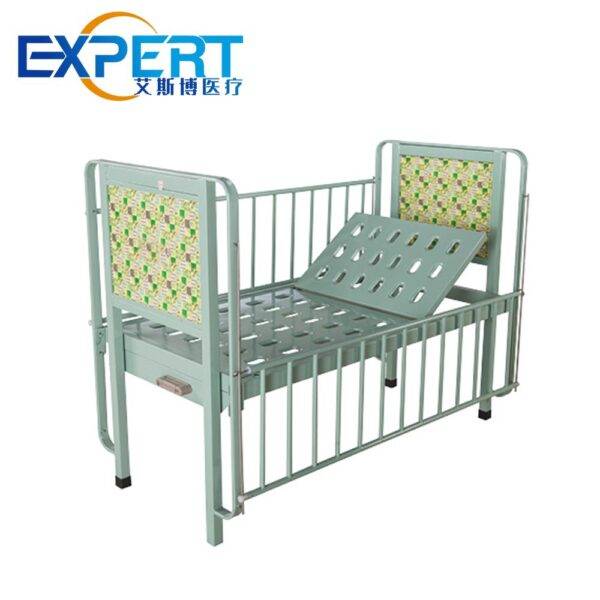


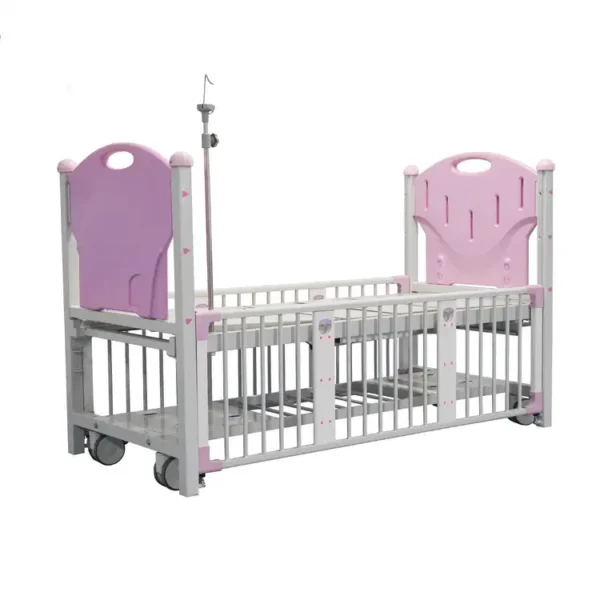
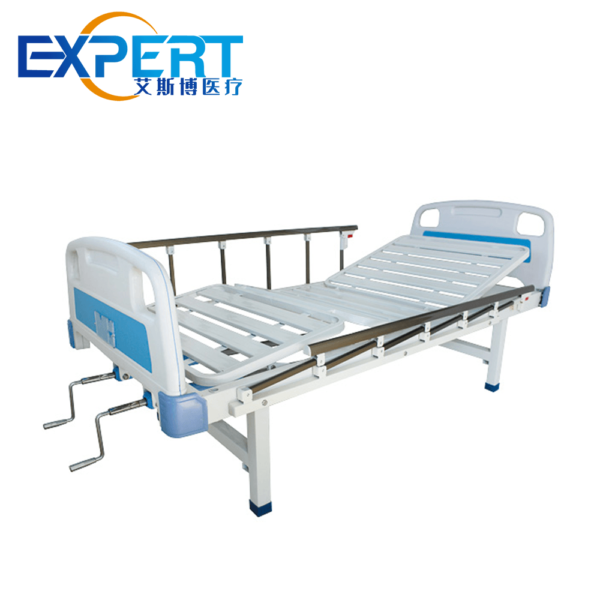
Manual hospital beds with wheels require physical effort to adjust positions. They are cost-effective and suitable for facilities with budget constraints. However, they may not offer the same level of convenience as electric beds.
Semi-electric hospital beds combine manual and electric adjustments. They typically allow for electronic adjustment of the head and foot positions, while the height adjustment is done manually. This type provides a balance between cost and functionality.
Fully electric hospital beds with wheels offer the highest level of convenience and functionality. All adjustments, including height, head, and foot positions, are controlled electronically. These beds are ideal for facilities that prioritize ease of use and patient comfort.
Bariatric hospital beds are designed to accommodate heavier patients. They feature reinforced frames, wider dimensions, and higher weight capacities. These beds ensure safety and comfort for bariatric patients while maintaining mobility and functionality.
Pediatric hospital beds with wheels are tailored for children. They come in smaller sizes and often include child-friendly features such as colorful designs and built-in entertainment options. These beds provide a safe and comfortable environment for young patients.
To help you compare the various types of hospital beds with wheels, here is a table summarizing key features and specifications:
| Caractéristique | Manual Bed | Semi-Electric Bed | Fully Electric Bed | Bariatric Bed | Lit pédiatrique |
|---|---|---|---|---|---|
| Adjustment Mechanism | Manuel | Manual/Electric | Fully Electric | Fully Electric | Fully Electric |
| Facilité d'utilisation | Modéré | Bien | Excellent | Excellent | Excellent |
| Coût | Faible | Moyen | Haut | Haut | Moyen |
| Capacité de poids | Up to 300 lbs | Up to 400 lbs | Up to 450 lbs | Up to 1000 lbs | Up to 300 lbs |
| Target Patient Group | Adults | Adults | Adults | Bariatric Patients | Enfants |
| Advanced Features | Basic | Basic | Advanced | Advanced | Advanced |
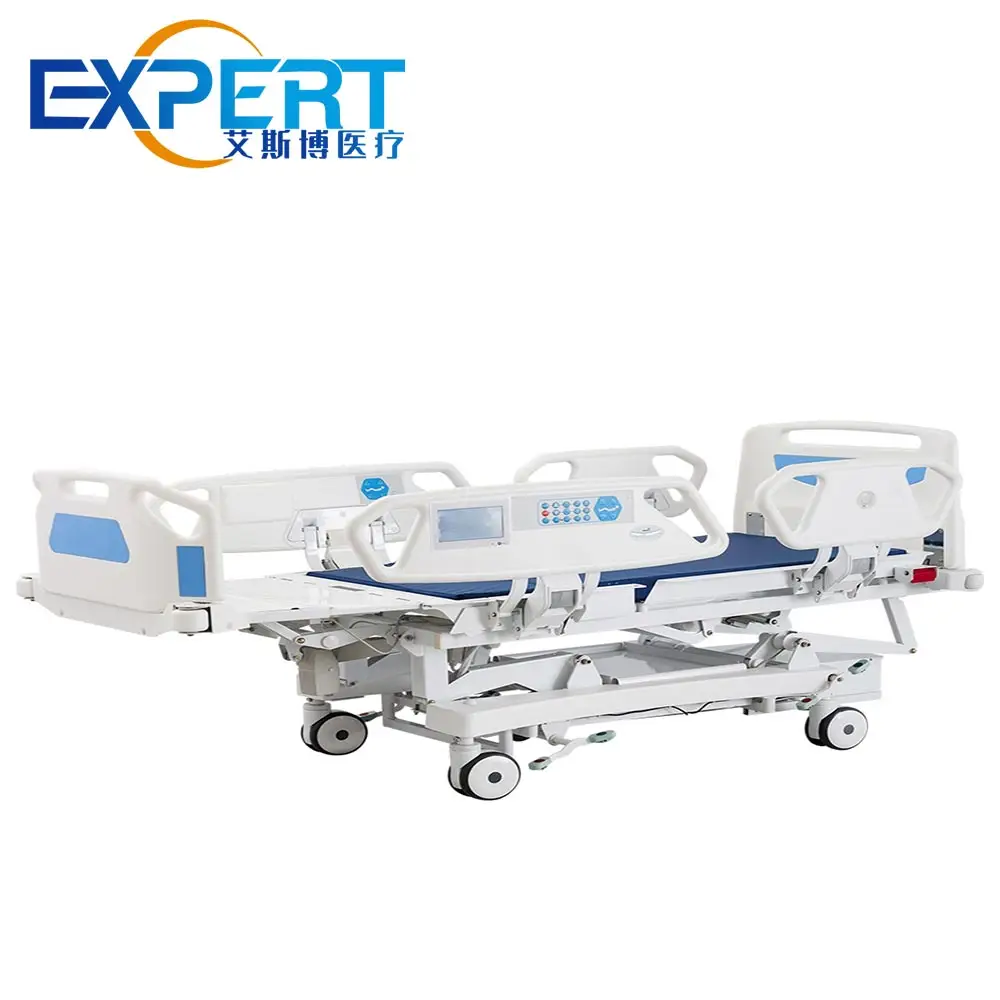
Proper maintenance of hospital beds with wheels is essential to ensure their longevity and functionality. Regular maintenance involves:
Hospital beds with wheels are a vital component in the healthcare industry, offering enhanced mobility, patient comfort, and safety for healthcare providers. By understanding the various types, features, and maintenance requirements, healthcare facilities can choose the right hospital bed with wheels to meet their specific needs. Investing in high-quality, well-maintained beds ensures better patient care and operational efficiency, ultimately contributing to the overall success of the healthcare facility.
A: Hospital beds with wheels offer enhanced mobility for easy patient transfers, improved patient comfort with adjustable positions, and increased safety for both patients and healthcare providers.
A: Consider factors such as the specific needs of your patients, budget constraints, and the level of convenience and functionality required. Manual beds are cost-effective, semi-electric beds offer a balance of manual and electric adjustments, and fully electric beds provide the highest level of convenience.
A: Regular cleaning and disinfection, routine inspection of moving parts, lubrication of mechanical parts, checking electrical components, and promptly replacing worn-out parts are essential for maintaining hospital beds with wheels.
A: Yes, there are specialized hospital beds with wheels for different patient groups, such as bariatric beds for heavier patients and pediatric beds tailored for children. These beds come with specific features to meet the needs of each patient group.
A: Advanced features in hospital beds with wheels can include electronic controls for easy adjustments, built-in weighing scales, specialized mattresses for pressure relief, and child-friendly designs with entertainment options for pediatric patients.